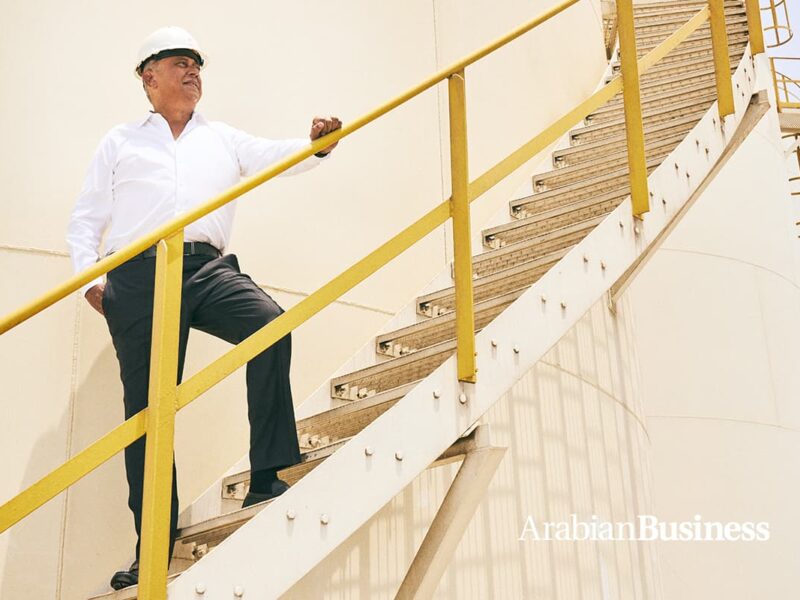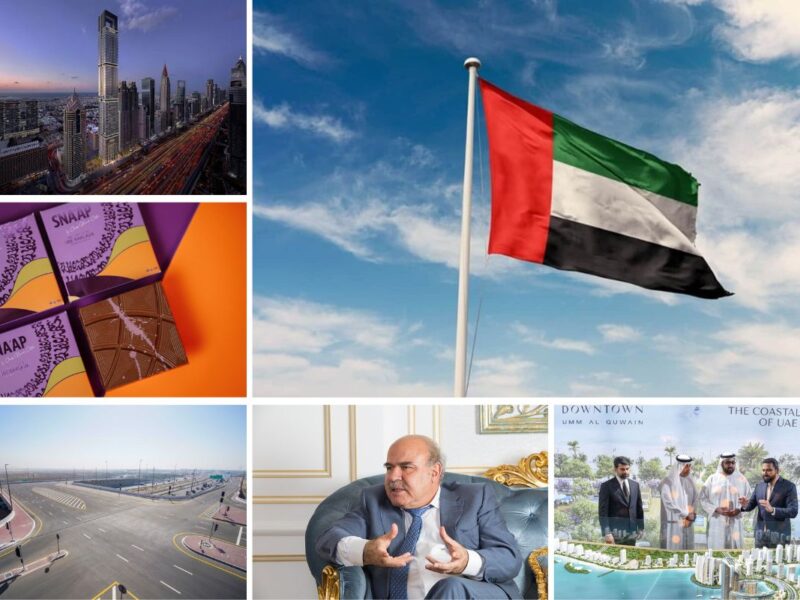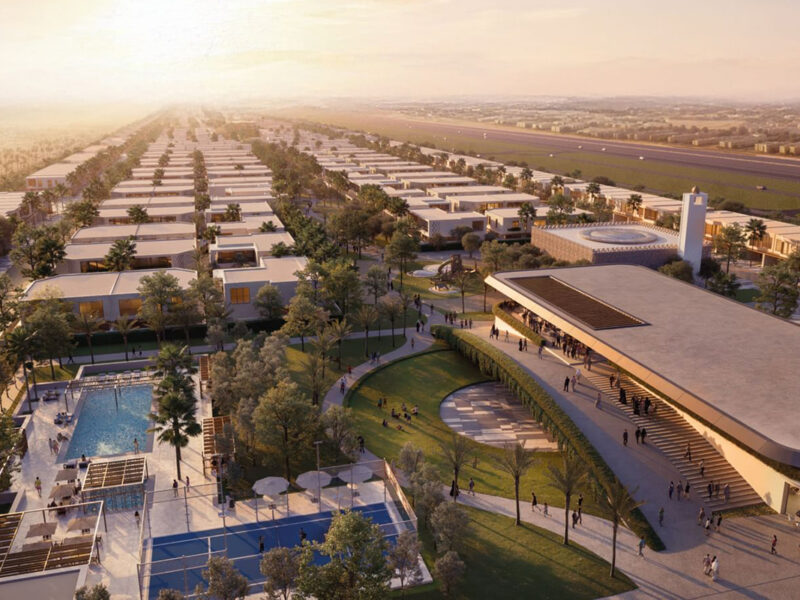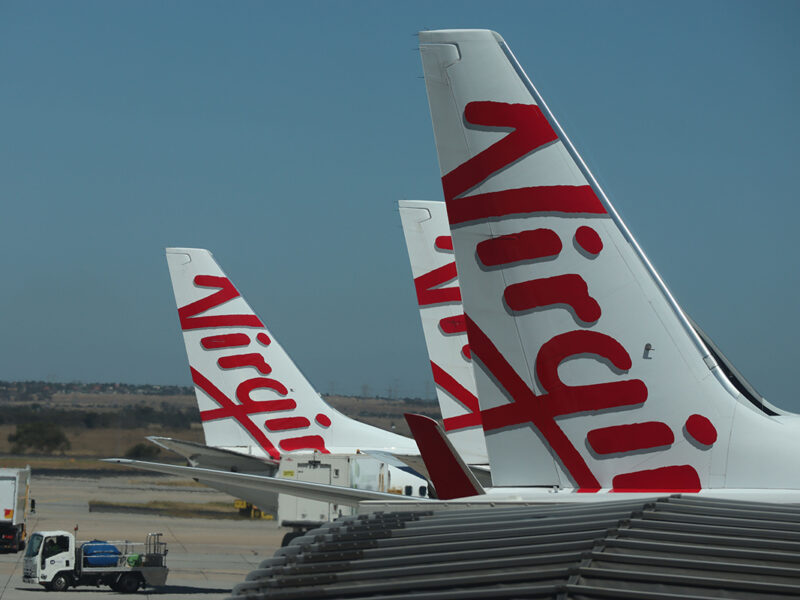Despite being available at a relatively low cost, the soaring demand for energy in the Gulf has led to years of attempts to find alternative energy sources for some countries.
While renewable energy has been embraced by most in the GCC, nuclear power — despite its high construction costs — has been identified as a solution for the UAE and Saudi Arabia, which will ultimately benefit the other countries in the region.
But while the UAE is well on the way to meeting its own electricity supply targets, Saudi Arabia is fast approaching a point when it will have to address its power problems. Excessive consumption of fossil fuel in the kingdom has long been an issue that hasn’t been fully addressed.
In its 2011 report, ‘Burning Oil to Keep Cool — The Hidden Energy Crisis in Saudi Arabia’, international affairs think tank Chatham House said “economic and social pressures caused by excessive energy consumption will appear in Saudi Arabia long before its oil exports end — within a decade if nothing changes”. What has changed in the interim, of course, is the price of oil, making the kingdom’s conundrum all the more urgent.
This year, the International Monetary Fund (IMF) expects Saudi Arabia to post a 20 percent budget deficit, a position that would have been considered unthinkable just a year ago. For much of the last five years or so, the kingdom has been running huge budget surpluses, driven by the sky-high price of oil. That, in turn, sent Saudi Arabia’s foreign reserves to a whopping $737bn by this time last year.
But power demand is growing 8 percent annually, driven by a combination of rising consumer and industrial demand and the country’s increasing need for energy-guzzling water desalination. It is forcing state-run Saudi Electricity Co, the Gulf’s largest utility, to spend billions of dollars on projects to add capacity.
There are plans for renewable energy, including a $109bn plan to provide 40,000 megawatts (MW) of additional power generation capacity from solar power, and another 21,000MW from geothermal and wind power by 2032, at which stage the US Energy Information Administration says the country’s need for power will have grown by 107 percent (others estimate it could be as high as 250 percent).
The other strand to Saudi Arabia’s alternative energy portfolio is an estimated $80bn plan to construct 16 nuclear power reactors over a 20-year period. That’s expected to generate as much as 30 percent of the country’s power, with the first reactor due to be online by 2022.
But the stop-start nature of those plans — announced in 2011 — has left many in the industry wondering when its nuclear programme will finally get under way, although there have been signs that something could happen later this year.
“The Saudi programme has some strong economic energy reasons to do nuclear, even more so than the UAE,” says Edward Kee, founder and owner of Washington-based Nuclear Economics Consulting Group.
“They use a lot of electricity and when it is hot, they use a lot of air conditioning and demand is growing at a pretty fast rate. There are estimates that suggest that by somewhere in the 2030 timeframe they may be using a very big portion of their oil production to generate electricity to meet internal demand.”
And that’s where the Saudi problem lies — the growing percentage of oil used to power its stations. Gas, he says, is not an option, with a considerable amount already dedicated to its power supply and to its petrochemical industry.
“The kingdom doesn’t have that much natural gas and much of this natural gas has been dedicated for use as a feedstock for the petrochemical industry. If Saudi Arabia uses more natural gas for electricity, there’s less for the petrochemical facilities, and the petrochemical facilities may have to shift to other feedstocks, like naphtha that is priced at world market prices. Use of feedstocks at international market prices would put the Saudi petrochemical industry in a very different place in the world cost curve than it holds today,” he says.
Shah Nawaz Ahmad, the World Nuclear Association’s senior adviser for the India, Middle East and South-East Asia, says the use of nuclear energy would prove more cost-effective than in other parts of the world, like Germany, which is moving away from nuclear and into renewable energy.
“If you are using gas and particularly oil to desalinate and to generate electricity, you are using very expensive fuels. Many of these countries are subsidising. I think they are in the situation where nuclear power would be seen as comprehensively more economical than in many other regions of the world,” he says.
Saudi Arabia’s bid to go nuclear has been handled by the King Abdullah City for Atomic and Renewable Energy, or KA-Care, in 2010. The royal decree issued by the late King Abdullah acknowledged the need to develop atomic energy to meet the kingdom’s growing requirements for energy, to produce desalinated water and to reduce its reliance on depleting hydrocarbon resources.
Five years later, and the plan is still there, but there has been no real advancement in terms of solid movement on the ground, or contracts handed out. Many thought the plans had stalled when the person leading it, Dr Khalid Al Sulaiman, left his post last year, but then King Salman announced a fairly major restructuring of the government.
This year has seen a number of key announcements. In March, Saudi Arabia signed a deal with South Korea to co-operate on nuclear power development. Included in the deal were plans for the construction of at least two small-to-medium-sized reactors in Saudi Arabia, with assistance from South Korean companies. Other nuclear cooperation deals with countries able to build reactors have also been signed with the US, France, South Korea, China, Argentina and Russia — an agreement that was signed in June this year.
“KA-Care has been on hold for a couple of years now,” says Kee. “They have everything ready to go and are working on the nuclear safety regulator and nuclear laws while waiting for commitment of resources to allow nuclear procurement to start. There is some hope that the KA-Care programme will be back in operation later in 2015,” he adds.
While the kingdom’s plans to develop its nuclear programme are unrelated to the recent signing of Iran’s nuclear agreement, that deal could have far-reaching effects when it comes to the discussions with the US. “The Iran deal with the US is an issue, because it may have an impact on negotiations of a bilateral nuclear cooperation agreement between Saudi Arabia and the US,” says Kee.
“The US position has been for a treaty like the one with the UAE, where Saudi Arabia would agree to do no reprocessing and no enrichment. To the extent that the US agreement with Iran is seen as allowing Iran to do these things, it will be hard for the US to insist that the Saudis agree to not do these things.”
He says a bilateral nuclear cooperation agreement with the US will prove to be very important for the Saudi nuclear programme.
“Some non-US reactor vendors, including those from Japan and Korea, are offering reactor designs that include US content that will not be available if an agreement with the US is not in place. Without a US agreement, the list of potential nuclear power plant vendors available to the kingdom is pretty short,” says Kee.
That list would potentially include a mixture of suitors from France and Japan, as well as Russia, although the latter would be politically difficult, to say the least.
While the size of the nuclear power plan appears to be massive, in terms of plant development, it’s not unprecedented when compared to previous nuclear build programmes in France and the US. What will have changed is the way the projects will be developed and much of that will be down to how the UAE has developed its four reactors at the $20bn Barakah project.
Located in Abu Dhabi’s Western Region, 240km west of the capital, Korea Electric Power Corporation (KEPCO) and the Emirates Nuclear Energy Corporation (ENEC) are building four 1,400 megawatt nuclear reactors to meet surging demand for electricity, not only in the UAE where it’s expected to provide 20 percent of the country’s power needs, but also for the GCC power grid.
The change in how the project was planned and executed — the construction was started on each of the four reactors one year after the next — has allowed for a shorter timeframe for completion.
“Before the UAE programme, it was widely thought that a country needed ten years or maybe longer to go from having no nuclear plants to having the first one in operation,” says Kee.
“A new nuclear programme was expected to be developed sequentially and slowly. The UAE showed the world that it is possible to move things a lot a faster by doing things in parallel, by using experienced expatriates in the beginning and transitioning to local expertise over time, and by leveraging the expertise of an experienced reactor and power plant builder. The Saudis can certainly do something similar. It’s a big programme, but feasible.”
The other interesting aspect about the Barakah project is how the winning bidder for its tender, KEPCO, will become involved in operating the reactors when they start to come online in 2017. It was regarded as something of a shock when the South Korean consortium won the deal, beating out heavy competition from French and US/Japanese bidders.
“There was a lot of interest in the Barakah procurement process by international reactor vendors. The winning bid from the Koreans was at prices that were reportedly much lower than French and American bids. Putting together a bid to build a new nuclear power plant costs millions of dollars and this cost is lost if the bid does not win,” says Kee.
One solution to this issue is in the UK merchant plants and the Turkish build-own-operate merchant plants.
“A nuclear reactor vendor can develop and build a nuclear power [plant] that it owns and operates, avoiding the costly and potentially fruitless competitive bidding process. It’s an interesting world for the nuclear reactor vendors who may own and operate new nuclear power plants as well as develop and build them. This new business model may offer a more certain way to get more nuclear power plant orders, but it presents a new set of risks.”
The unshakeable concern that comes with nuclear power plants, and operating them, will remain for the foreseeable future. From Chernobyl in 1986, right up to Fukushima in 2011, the concern about its safety and the safety of those in its environs, is never too far away. Kee, however, says the industry has made significant strides in recent years, particularly in the wake of the 9/11 terrorist attacks in New York.
“The nuclear power industry has a very good record of safety. There have only been a few significant accidents and the industry has learned from each of them,” he says.
“The Fukushima Daiichi accident was caused by a very large earthquake and tsunami. Fukushima Daiichi [and other Japanese nuclear power plants] automatically shut down when the earthquake happened. The problems came when the plant was flooded by the tsunami that came later. Flooding caused problems with the emergency back-up diesel generators and fuel tanks. Without operational emergency diesel generators and without any connection to the AC grid, the Fukushima Daiichi reactors were not able to maintain cooling.”
Kee says the US nuclear energy industry has implemented a number of measures to make nuclear power plants less susceptible to an accident that might cause a loss of AC power.
“After the 9/11 attacks, there was a concern that an aircraft might crash into a nuclear power plant and disrupt the power supply needed to maintain core cooling. US nuclear power plants hardened their diesel emergency generators and diesel fuel tanks and also ensured that portable pumps and generators are available and easily connected. If the Japanese nuclear industry had taken similar actions, the Fukushima Daiichi accident may not have happened,” he claims.
“Following Fukushima Daiichi, most countries did stress tests on nuclear power plants to ensure that these nuclear plants could cope with flooding, the loss of AC power, and other things. The nuclear industry takes these incidents very seriously.”
Once the Barakah reactors are fully operational, Kee says he expects the UAE to able to sell power up and down the GCC grid.
Outside the GCC, Iran has the Bushehr nuclear unit in operation and is talking about building more nuclear power plants supplied by Russia or even China. Jordan is moving pretty close to a nuclear project for a large two-reactor plant with the Russians, which may offer opportunities for Jordan to sell power to neighbouring countries, while Egypt seems close to having a new nuclear plant to be developed on the Mediterranean coast.
It leaves Saudi Arabia as the last large economy in the region to finalise its plans. October this year has been mentioned as a possible month for an announcement, which could be delayed by some ongoing discussions with the US or the country could be waiting to see how the lifting of Iranian sanctions plays out. Either way, it’s a case of when, not if, for the kingdom, and by all accounts that day seems to be fairly soon.








